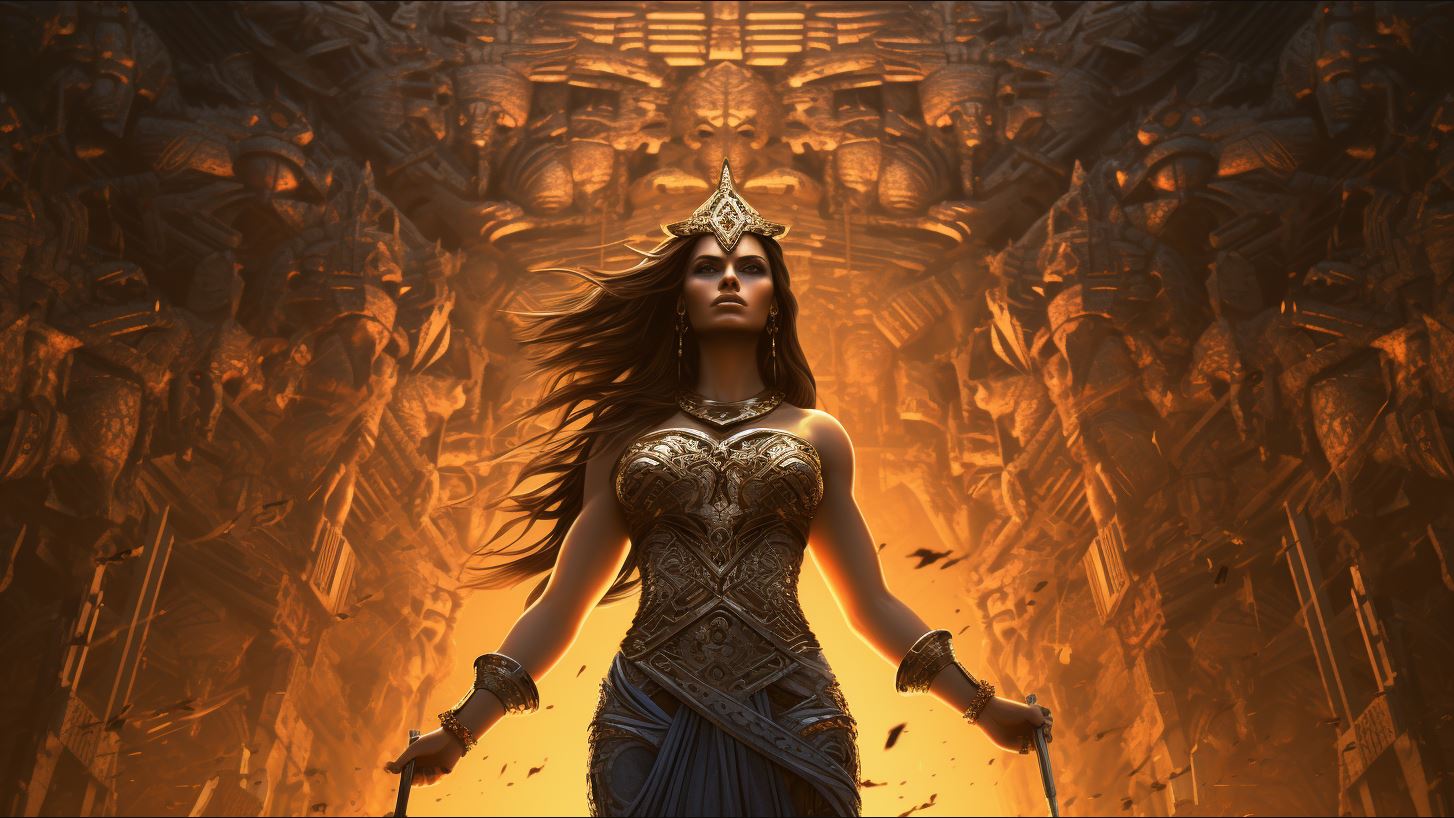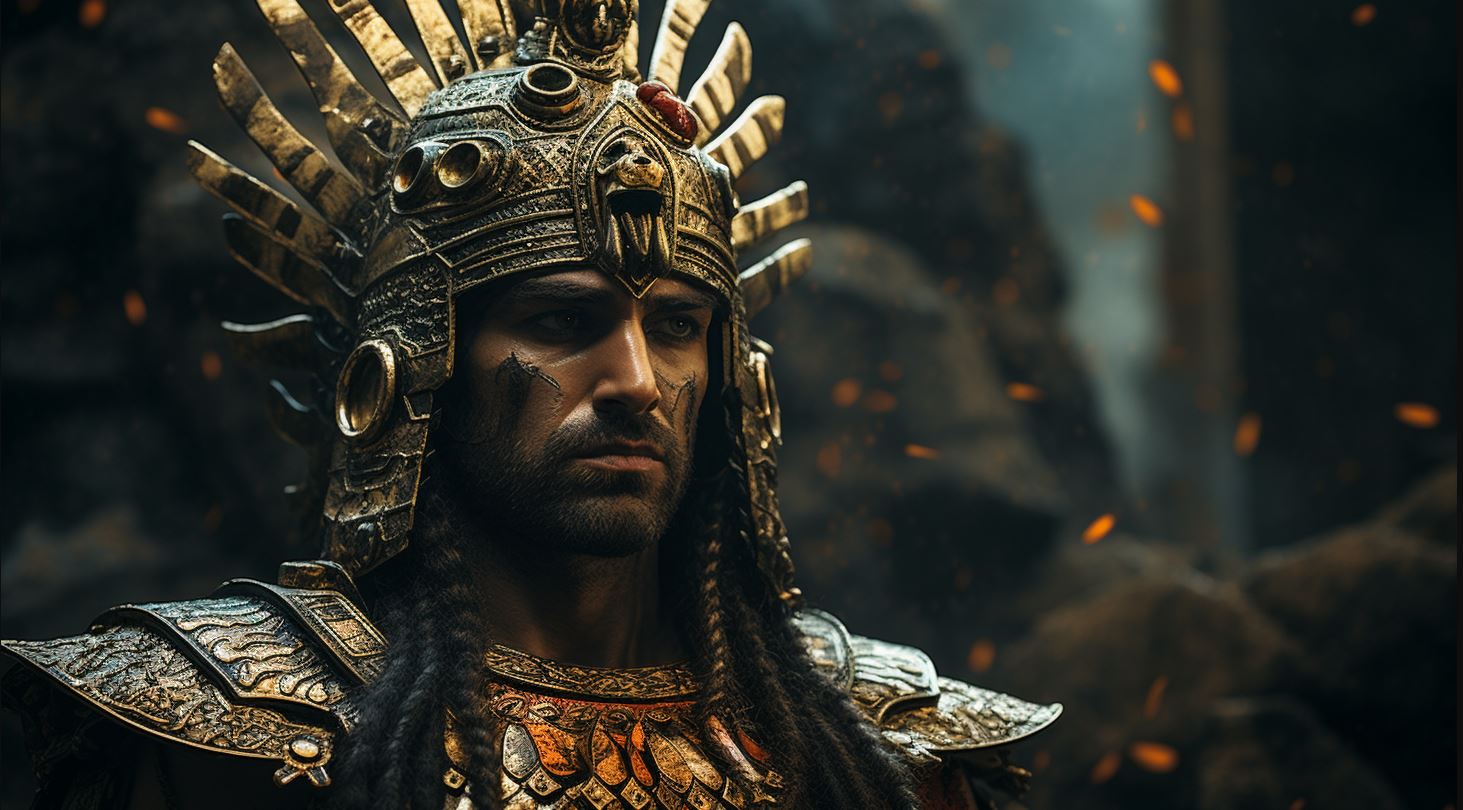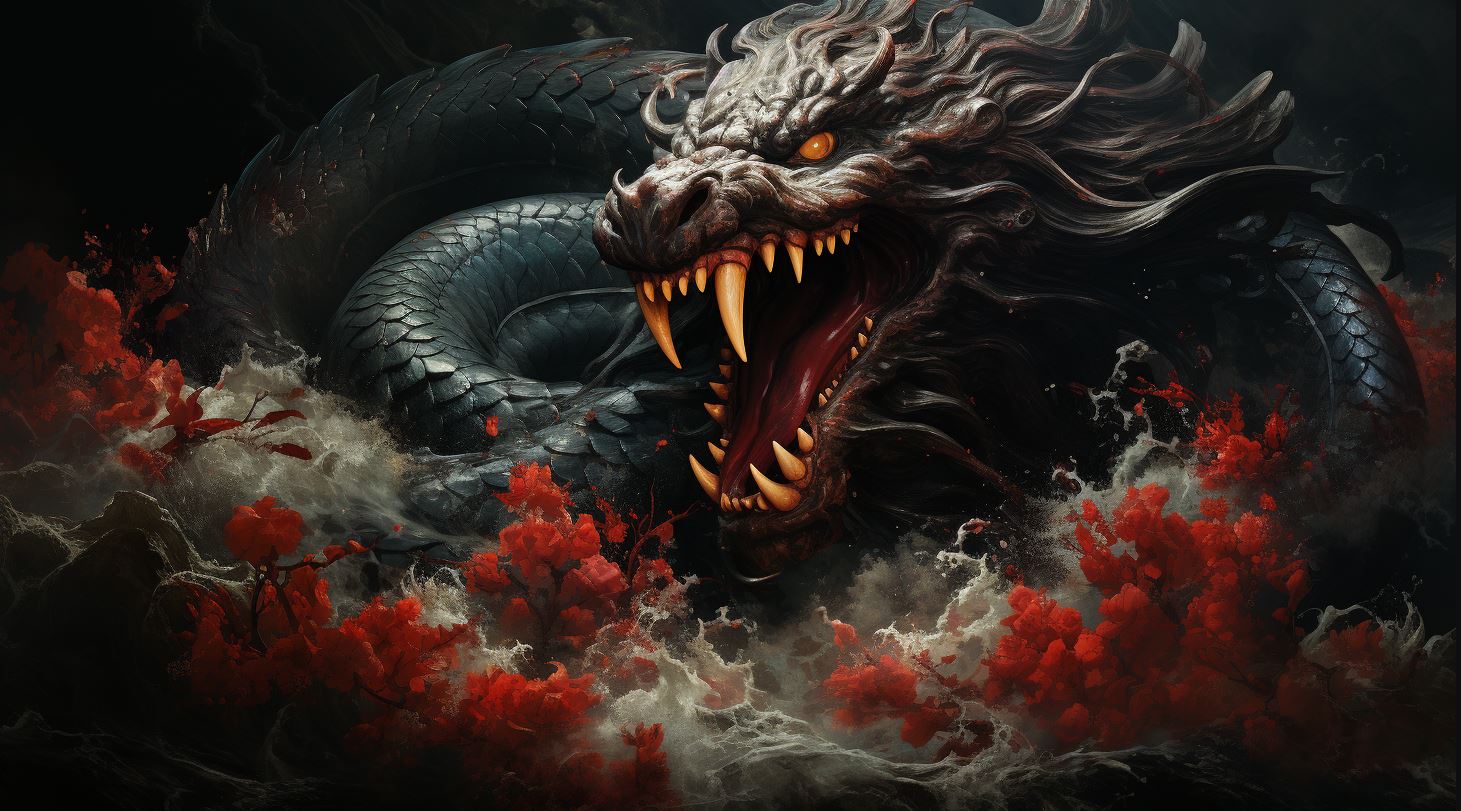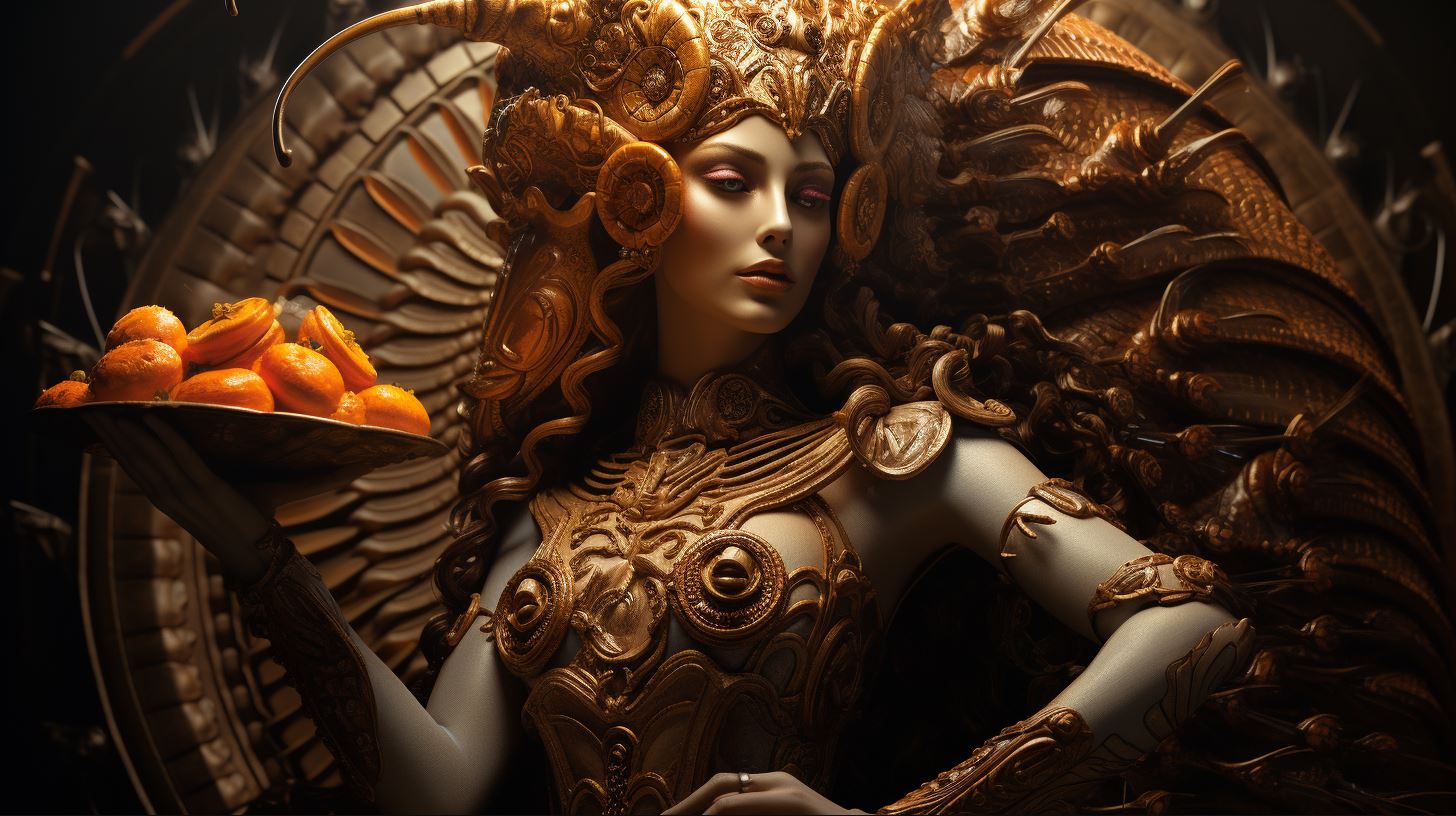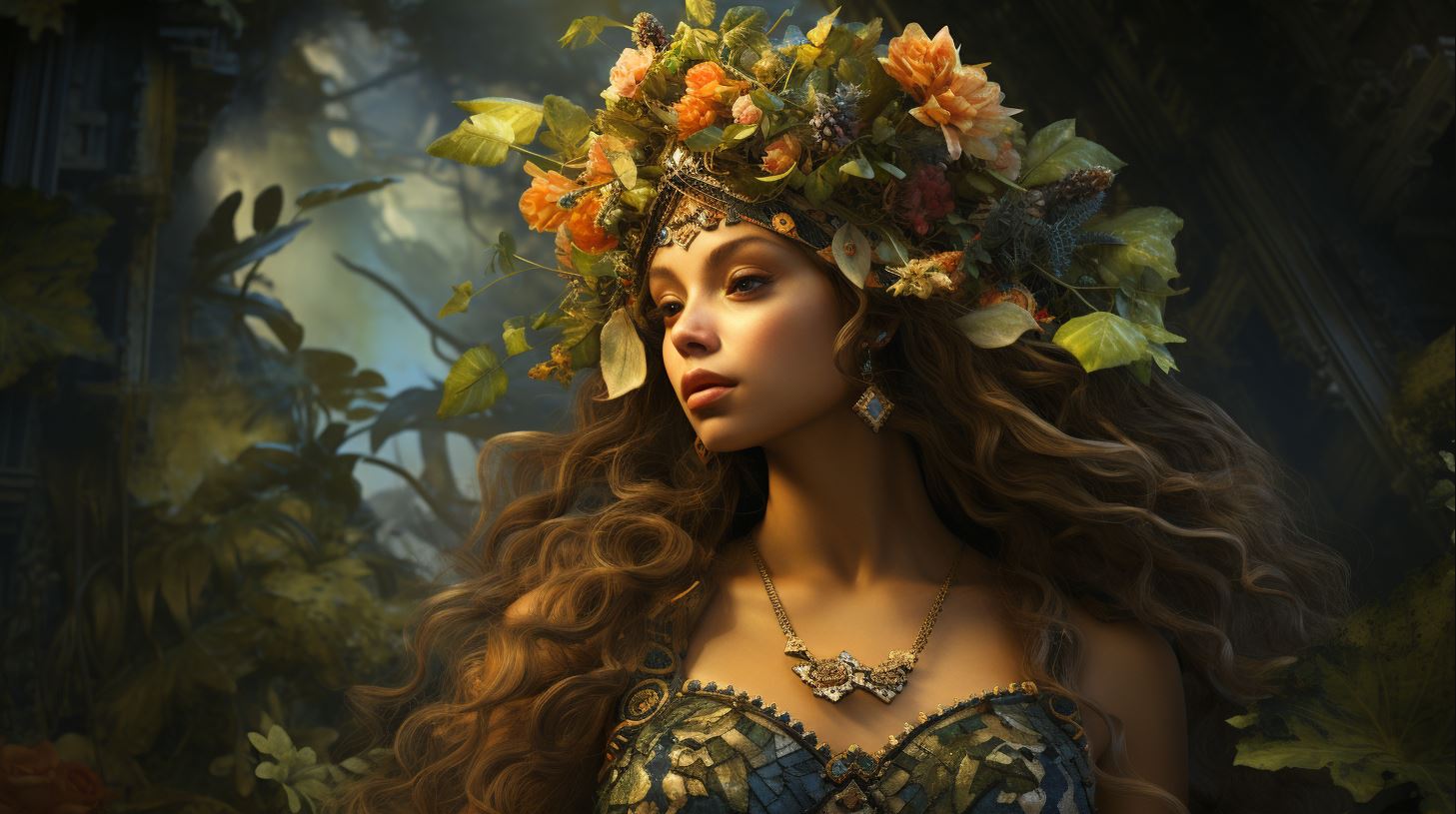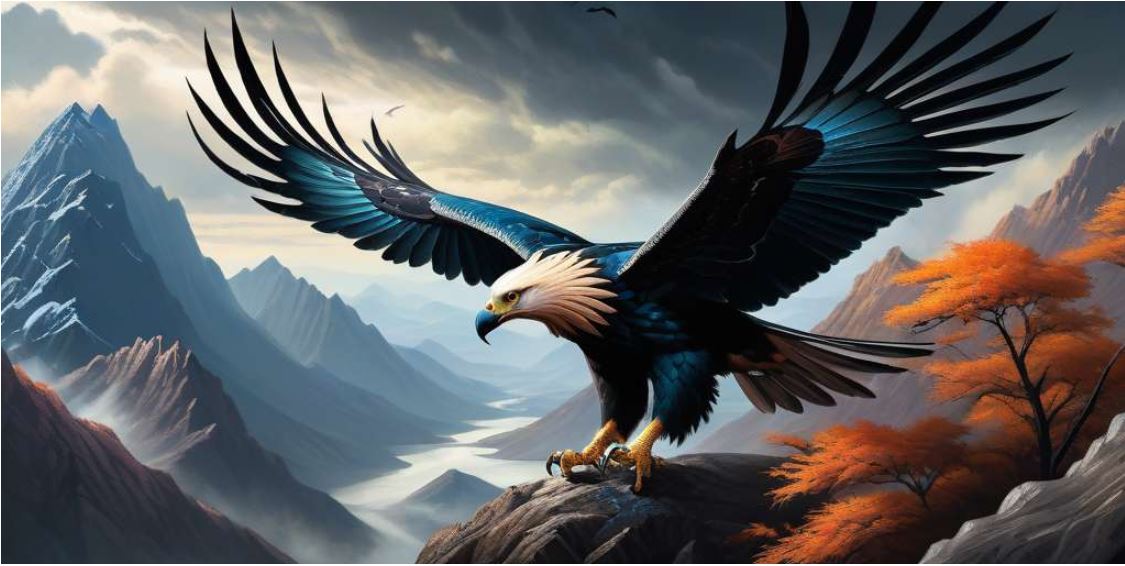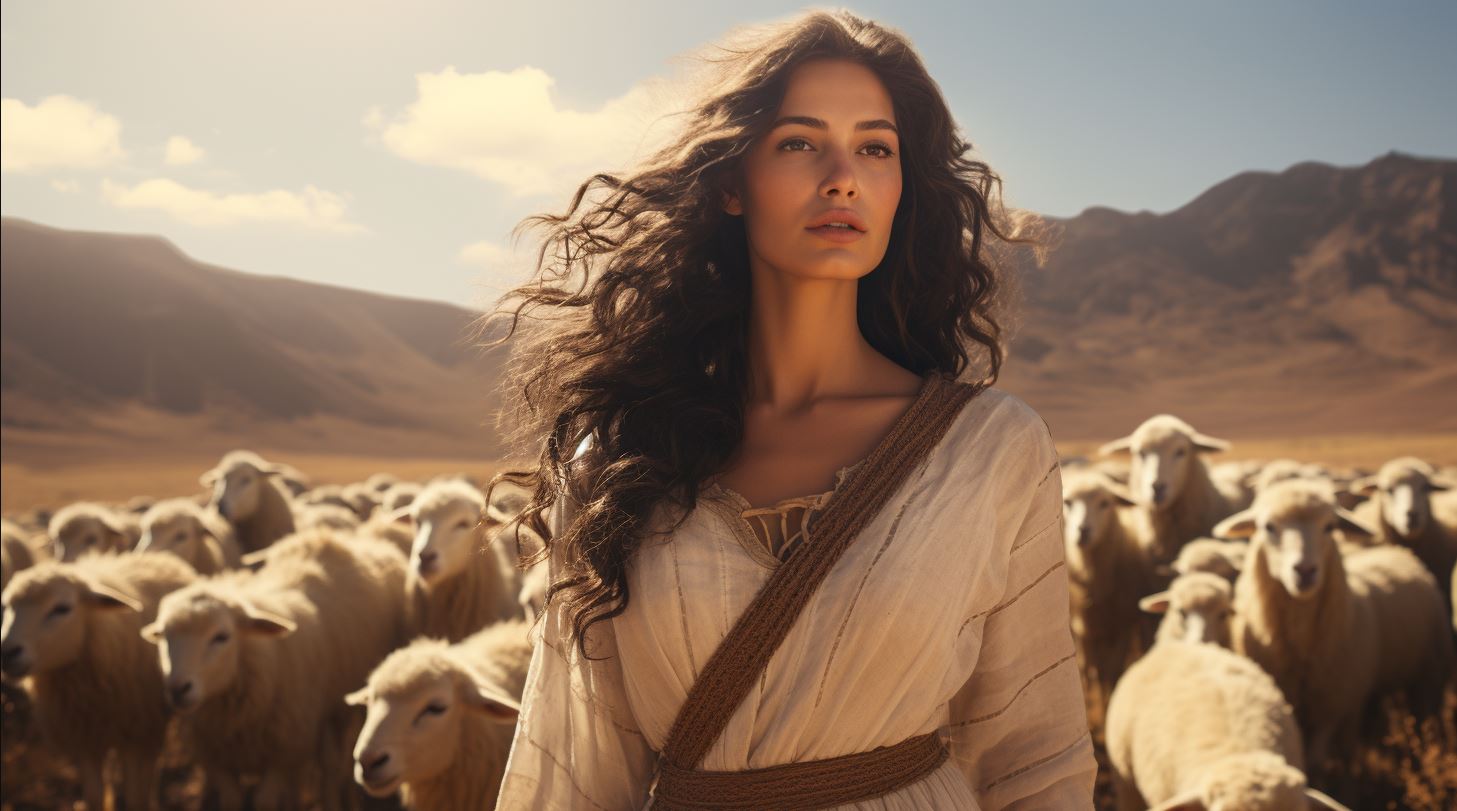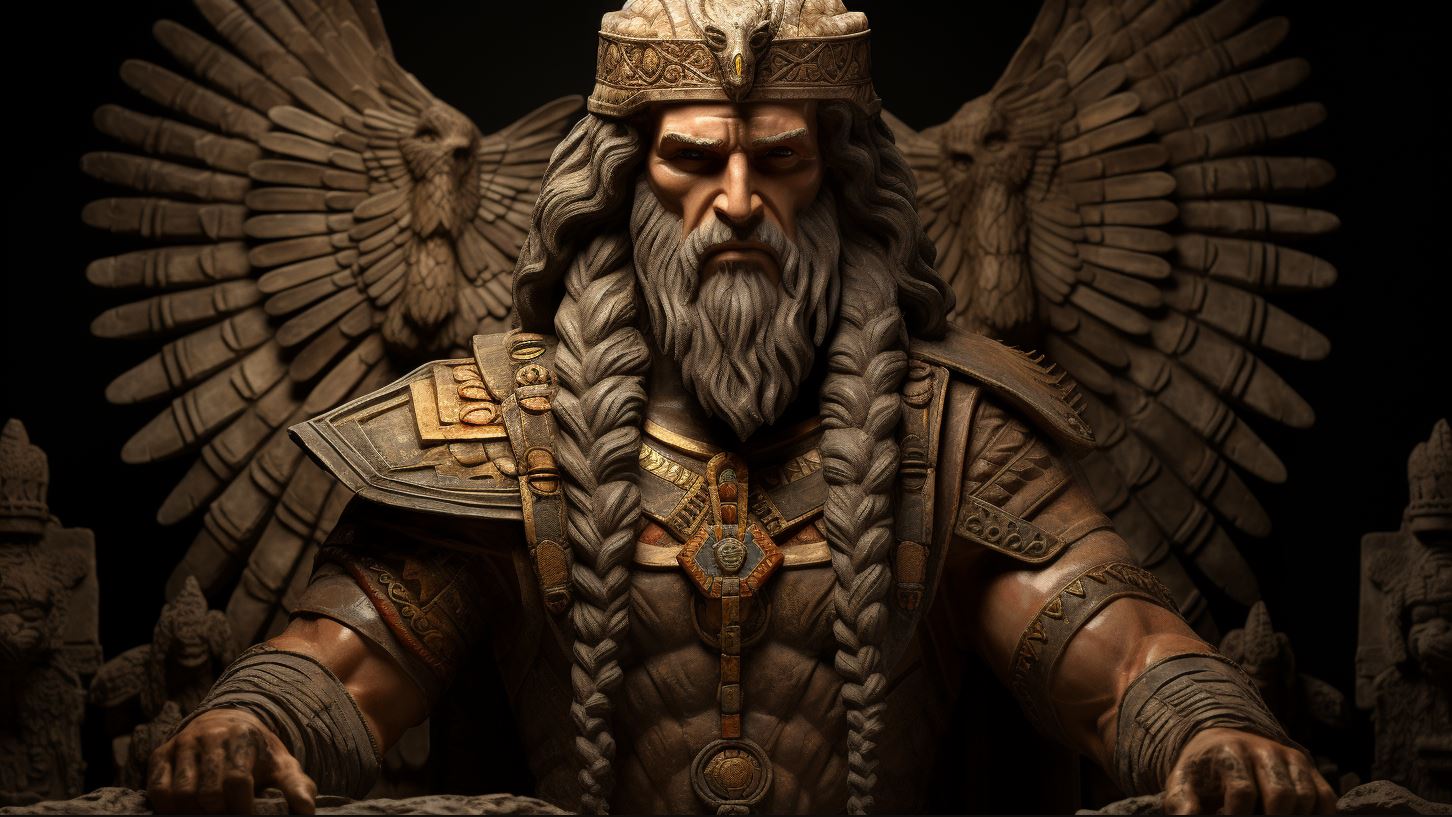Sumerian Goddess Ereshkigal: Unveiling the Secrets of the Underworld Ruler
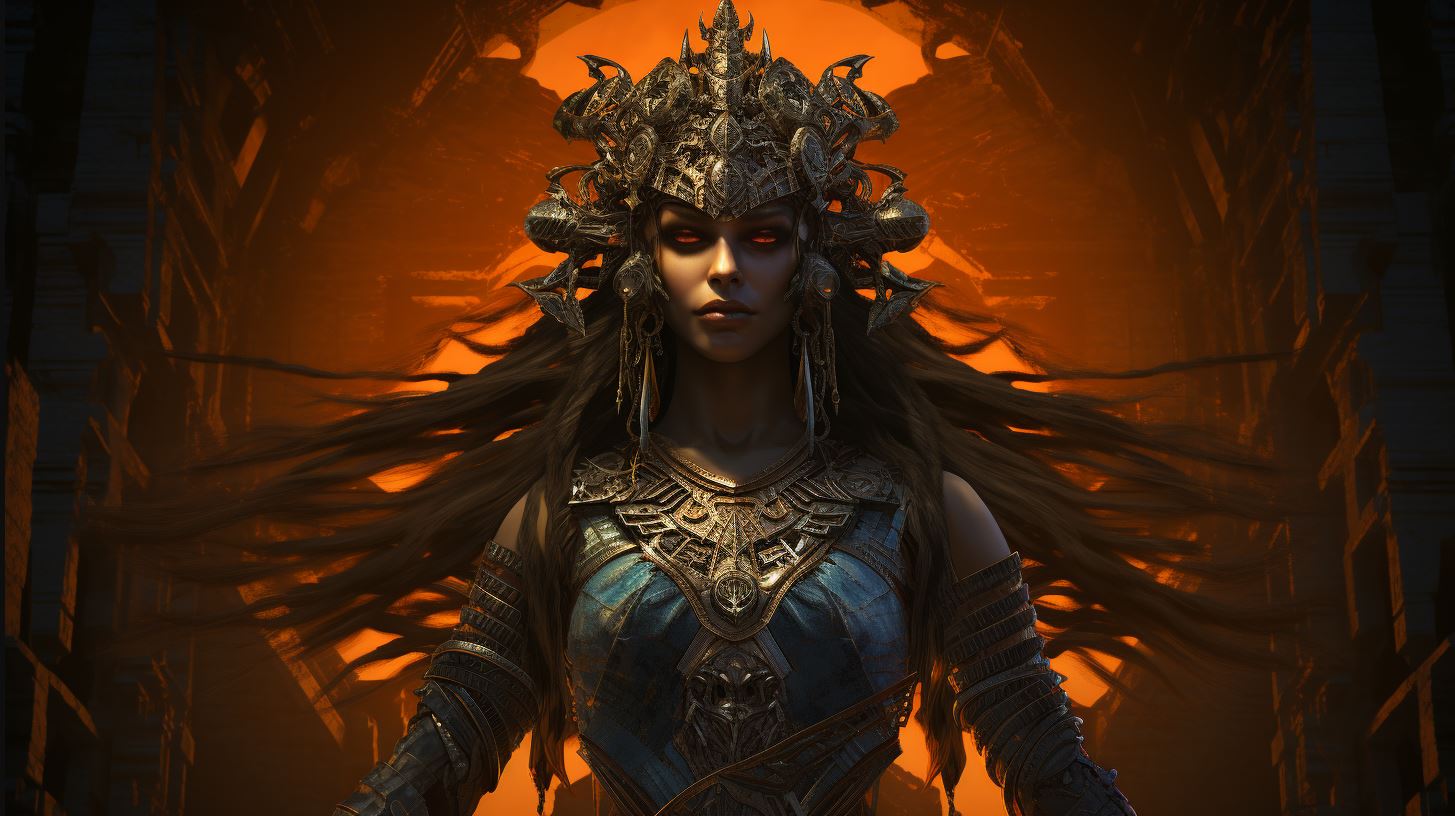
Ereshkigal, the Sumerian goddess of the underworld, held immense power as the first ruler of this realm. She was known as the ‘Queen of the Great Below’ or ‘Lady of the Great Place’.
Ereshkigal governed from her palace in the underworld, ensuring the enforcement of laws and protecting the source of life to prevent the dead from escaping her domain. Worship of Ereshkigal extended beyond her temple in Cuthah to regions like Anatolia, Egypt, and southern Arabia.
In Mesopotamian religion, belief in an afterlife and a dark, gloomy place where the deceased resided prevailed. Ereshkigal played a crucial role in the myth of Inanna’s descent to the underworld, and she formed alliances and unions with other deities, solidifying her standing in the pantheon.
Furthermore, Ereshkigal’s influence can be seen in various aspects of ancient and modern art, literature, and cultural expressions.
Sumerian Goddess Ereshkigal: Unveiling Her Importance in Ancient Mesopotamian Mythology
Ereshkigal, the Sumerian goddess of the underworld, holds a significant place in the rich tapestry of ancient Mesopotamian mythology. This powerful deity, also known as the Queen of the Underworld and the Great Earth, is shrouded in mystery and revered for her immense power.
The Myth of Inanna’s Descent into the Underworld
One of the captivating tales surrounding Ereshkigal is the myth of Inanna’s descent into the underworld. In this story, Inanna, the queen of heaven and earth, ventures into the realm of her sister Ereshkigal to attend a funeral.
This daring journey unfolds with unforeseen consequences and sheds light on the intricate dynamics between the two goddesses.
Ereshkigal: The Queen of the Underworld and the Great Earth
As the reigning Queen of the Underworld and the Great Earth, Ereshkigal commands authority over the realm of the dead. Her dominion is a place of darkness and gloom, where she maintains order and governs the laws that bind the deceased.
The imposing figure of Ereshkigal embodies the duality of life and death.
Ereshkigal’s Power and Role in Mesopotamian Gods and Goddesses
Ereshkigal’s power extends beyond the boundaries of the underworld. As one of the central figures in the Mesopotamian pantheon, she holds sway over other gods and goddesses. Her influence is intricately woven into their intricate relationships and power struggles, revealing her importance in the divine hierarchy.
In summary, Sumerian Goddess Ereshkigal embodies a complex and fascinating character in ancient Mesopotamian mythology. From the myth of Inanna’s descent into the underworld to her role as the Queen of the Underworld and the Great Earth, Ereshkigal’s significance cannot be overlooked.
Her power and influence over other deities further solidify her crucial role in shaping the ancient Mesopotamian belief system.
The Underworld Vision: Exploring the Nether World in Sumerian Beliefs
In ancient Mesopotamian mythology, the Sumerians had a distinct perception of the nether world, or the underworld. This realm was governed by the powerful goddess Ereshkigal, the Queen of the Underworld.
Let us delve into the depths of Sumerian beliefs and explore the fascinating aspects of the nether world through three key perspectives.
The Seven Gates and the Journey to the Nether World
According to Sumerian beliefs, the journey to the nether world involved passing through seven gates, guarded by deities and spirits.
Each gate presented its own challenges and required specific knowledge to overcome. The journey was perilous, as one traversed through the treacherous path of the underworld. These gates symbolized the transitional phases that the deceased had to undergo to reach the domain of Ereshkigal.
Ereshkigal and Nergal: A Divine Union in the Underworld
Ereshkigal’s union with Nergal, the god of death and plague, is an intriguing aspect of the underworld. Their divine relationship symbolized the merging of two powerful forces. However, their bond was not without complications, as conflicts and power struggles arose.
This divine relationship sheds light on the intricate connections and dynamics within the Mesopotamian pantheon.
Understanding the Ancient Near Eastern Texts about Ereshkigal
To gain a comprehensive understanding of Ereshkigal’s role and significance, we turn to the ancient Near Eastern texts. These texts provide valuable insights into her worship, rituals, and associations with other deities.
By analyzing these scriptures, we unravel the layers of Ereshkigal’s mythology and comprehend the extent of her influence in the religious practices of ancient Mesopotamia.
Exploring the nether world in Sumerian beliefs allows us to delve into the profound mythological constructs centered around Ereshkigal, the enigmatic goddess of the underworld.
Through the journey through seven gates, the divine union with Nergal, and the study of ancient texts, we gain a deeper appreciation for the complex beliefs and significance attributed to Ereshkigal in the vibrant cultural tapestry of ancient Mesopotamia.
Ereshkigal’s Influence Across Cultures: Greek and Roman Mythology
Comparisons between Ereshkigal and Other Goddesses
In Greek and Roman mythology, Ereshkigal shares similarities with various underworld goddesses. In Greek mythology, Hades ruled the underworld, while Persephone, his wife, held power as the queen. Both Persephone and Ereshkigal were associated with the cycle of life and death.
Similarly, in Roman mythology, Proserpina, the Roman equivalent of Persephone, embodied similar aspects of the underworld. These comparisons highlight the universal human fascination with the concept of the afterlife and the powerful female deities associated with it.
Myths from Mesopotamia: Ereshkigal’s Stories and Hymns
Ereshkigal’s influence in Greek and Roman mythology can be traced back to the ancient Mesopotamian texts that depict her power and significance. These texts, such as “The Descent of Inanna” and “The Death of Gudea’s Wife,” contain myths and hymns that showcase Ereshkigal’s role as the queen of the underworld.
Through these stories, her authority and control over the realm of the dead are explored, providing insight into the beliefs and religious practices of ancient Mesopotamia.
Demons and Symbols Associated with Ereshkigal in Ancient Mesopotamia
Within the context of ancient Mesopotamia, Ereshkigal was associated with various demons and symbols that represented the forces of the underworld.
One notable demon is Namtar, her son, often depicted as a menacing figure associated with death. Additionally, symbols such as the serpent and the dragon were linked to Ereshkigal, symbolizing her power and connection to the underworld.
Understanding these demons and symbols helps to unravel the complex mythology and symbolism surrounding Ereshkigal in ancient Mesopotamian culture.
As the goddess of the underworld, Ereshkigal had a profound influence not only within the confines of Sumerian mythology but also in the broader context of Greek and Roman mythologies.
Comparisons can be drawn to other powerful goddesses such as Persephone and Proserpina, highlighting the shared themes and archetypes present in different cultural traditions. The myths and hymns of ancient Mesopotamia provide valuable insights into Ereshkigal’s role and significance as the queen of the underworld.
Furthermore, the association of demons and symbols with Ereshkigal adds depth and complexity to her representation in ancient Mesopotamian culture.
Ereshkigal in Modern Studies: Contributions to Understanding Mesopotamian Religion
The Electronic Text Corpus of Sumerian Literature: Insights into Ereshkigal’s Worship
The Electronic Text Corpus of Sumerian Literature (ETCSL) has played a crucial role in shedding light on the worship of Ereshkigal in ancient Mesopotamia. Through the extensive collection of Sumerian literary texts, scholars have gained valuable insights into the rituals, prayers, and hymns dedicated to the goddess.
The ETCSL provides a comprehensive database that allows researchers to examine and analyze the various aspects of Ereshkigal’s worship, including the role of priests, the offerings made to her, and the importance of her cult in the larger religious framework of the time.
Ereshkigal in Scholarly Works: Examining Theories and Interpretations
Scholars have dedicated extensive research to Ereshkigal, resulting in a multitude of theories and interpretations regarding her significance in Mesopotamian religion. The study of Ereshkigal has sparked debates and discussions surrounding her role as the ruler of the underworld, her relationships with other deities, and her connections to broader religious themes such as death and the afterlife.
By analyzing ancient texts, artifacts, and comparative mythologies, researchers continue to contribute to our understanding of Ereshkigal’s place in the complex tapestry of Mesopotamian beliefs and practices.
The Cultural Significance of Ereshkigal in the Contemporary World
While Ereshkigal’s worship may have diminished over time, her cultural significance continues to thrive in the contemporary world.
Artists, writers, and filmmakers draw inspiration from her mythological tales, incorporating her character into various creative works. Additionally, scholars and enthusiasts organize conferences, exhibitions, and academic events to explore and celebrate Ereshkigal’s enduring legacy.
The cultural impact of Ereshkigal serves as a testament to the lasting fascination and relevance of Mesopotamian religious traditions in our modern society.
Exploring Ereshkigal’s Relationship with Other Deities: Insights from Research and Texts
Ereshkigal, the Sumerian goddess of the underworld, had significant connections and interactions with various deities within the Mesopotamian pantheon.
Research and ancient texts provide valuable insights into these relationships, shedding light on Ereshkigal’s role in the divine realm.
Ereshkigal’s Connection with Enki and Other Gods
Among the gods, Ereshkigal had a particularly notable connection with Enki, the god of wisdom and water. Ancient texts reveal their interactions, which often involved Enki offering guidance and assistance to Ereshkigal.
This relationship highlights the intricate dynamics and cooperation between deities within Mesopotamian mythology.
Moreover, Ereshkigal’s relationships extended beyond Enki. She had associations with other gods like Nergal, Inanna, and Dumuzi. These connections played crucial roles in various myths and accounts, further illustrating Ereshkigal’s place and influence in the divine hierarchy.
Ereshkigal’s Power Struggles and Alliances in the Mesopotamian Pantheon
The Mesopotamian pantheon was a complex network of power struggles and alliances, and Ereshkigal was not exempt from this reality. Ancient texts depict instances where Ereshkigal engaged in conflicts with other deities, seeking to assert her authority and protect her dominion over the underworld.
Additionally, Ereshkigal formed alliances with certain gods, forging partnerships based on shared interests and goals. These alliances often served to maintain the balance of power within the pantheon and solidify Ereshkigal’s position as a central figure in the cosmic order.
Unveiling Ereshkigal’s Role in the Interplay of Heaven and Earth
Beyond her connections with specific deities, Ereshkigal played a vital role in the interplay between heaven and earth. She embodied the bridge between the realms of the living and the dead, serving as a crucial link for divine communication and influence.
The rituals and offerings dedicated to Ereshkigal aimed to maintain harmony between the celestial and earthly realms, emphasizing her significance in maintaining the cosmic order. Through these practices, ancient Mesopotamians sought to ensure prosperity, fertility, and protection in both life and the afterlife.
By delving into the research and ancient texts surrounding Ereshkigal, we gain new insights into the intricate relationships she had with other deities and her crucial role in the divine hierarchy.
These revelations enhance our understanding of ancient Mesopotamian mythology and the complex dynamics of the pantheon.
The Legacy of Ereshkigal: Her Influence on Ancient and Modern Art and Literature
The goddess Ereshkigal has left a profound mark on both ancient and modern art and literature. Her enigmatic presence and rich symbolism have captivated the imagination of artists and writers throughout history.
Ereshkigal in Ancient Art: Depictions and Symbolism
In ancient Mesopotamian art, Ereshkigal was often depicted as a fearsome figure, embodying the power and authority of the underworld. She was shown wearing a horned headdress and holding a rod or a scepter, symbolizing her dominion over life and death.
Artworks also portrayed her with the attributes of a divine ruler, emphasizing her importance in the pantheon of gods.
Symbolically, Ereshkigal represented the darker aspects of life and the mysteries of death.
Her presence in ancient art served as a reminder of the inevitability of mortality and the cyclical nature of existence.
Ereshkigal’s Influence in Contemporary Art and Literature
The allure of Ereshkigal extends beyond ancient times, continuing to inspire contemporary artists and writers. Her complex character and association with the underworld provide a rich source of inspiration for exploring themes of mortality, power dynamics, and the human psyche.
Artists today reinterpret Ereshkigal in various mediums, ranging from paintings and sculptures to digital art and installations. Through their creative expressions, they delve into the symbolism and mythology surrounding the goddess, offering new insights and interpretations.
In literature, Ereshkigal’s influence can be seen in works exploring themes of the afterlife, underworld journeys, and the duality of light and darkness. Writers draw from ancient texts to infuse their stories with the enigmatic aura of Ereshkigal, captivating readers with her timeless allure.
The Enduring Popularity of Ereshkigal: Her Presence in Popular Culture
Ereshkigal’s legacy extends beyond the realms of fine art and literature, making appearances in various forms of popular culture. From movies and television shows to video games and graphic novels, references to Ereshkigal can be found, serving as a reminder of her enduring appeal.
Her presence in popular culture often reflects her association with darkness, mystery, and the supernatural. Ereshkigal’s character resonates with audiences seeking narratives that explore the complexities of life and death, the struggle between good and evil, and the eternal quest for meaning.
In conclusion, Ereshkigal’s influence on ancient and modern art and literature is a testament to her enduring significance. Artists and writers continue to draw inspiration from her enigmatic persona, exploring her symbolism and weaving tales that illuminate the eternal mysteries of the human experience.
.

